The Nvidia GeForce RTX 5090: A Next-Gen Leap Fueled by AI
Nvidia's RTX 5090 represents another generation leap in PC gaming graphics, though its performance gains are achieved unconventionally. While raw performance improvements over the RTX 4090 are less dramatic than expected in many games (excluding DLSS Frame Generation), the introduction of next-generation DLSS significantly enhances image quality and performance, surpassing typical generational advancements.
The upgrade's value depends heavily on your gaming setup and preferences. For users with monitors below 4K resolution or 240Hz refresh rates, the upgrade may not be worthwhile. However, high-end display owners will experience a significant performance boost thanks to AI-generated frames.
Nvidia GeForce RTX 5090 – Image Gallery

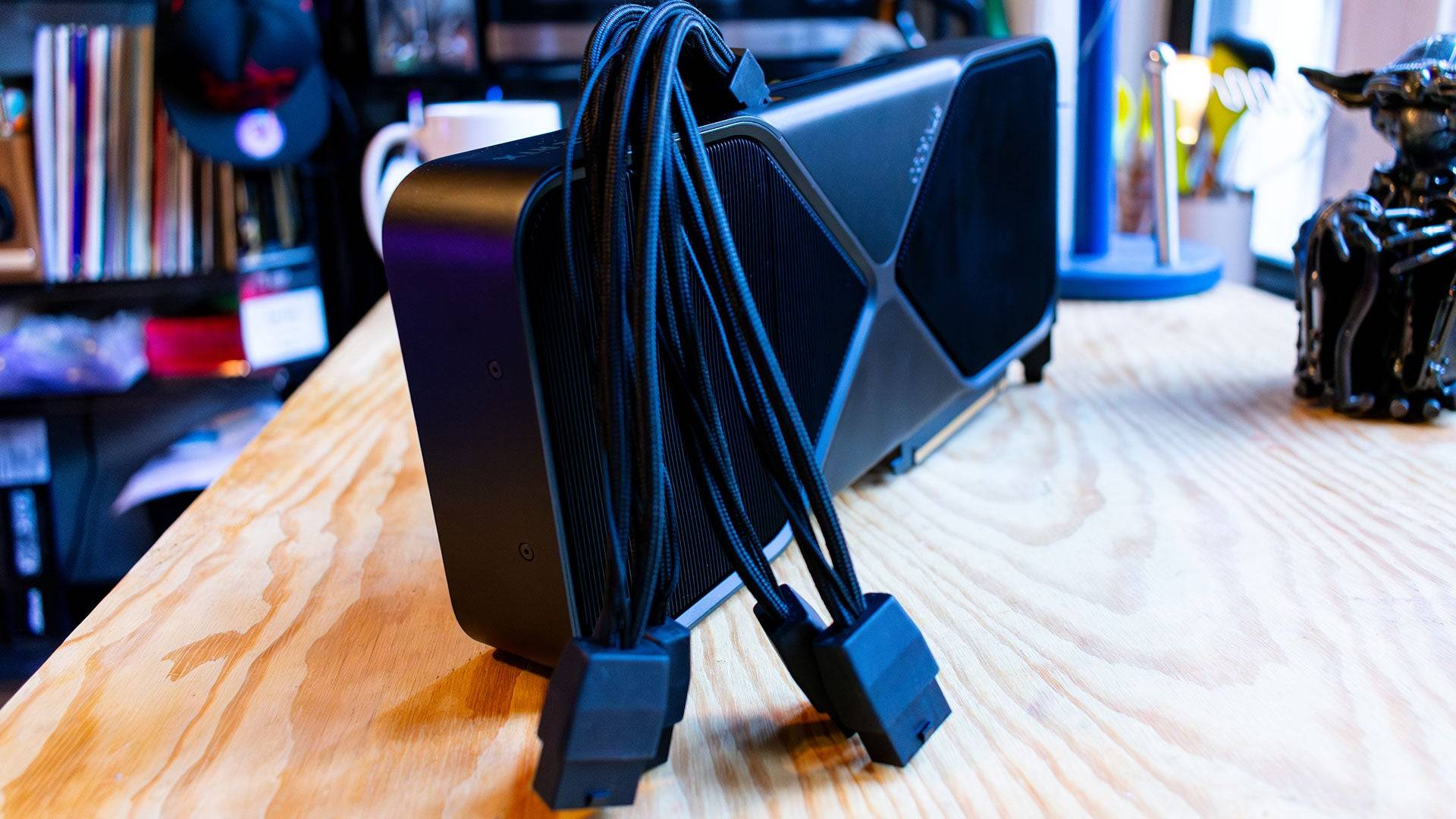 5 Images
5 Images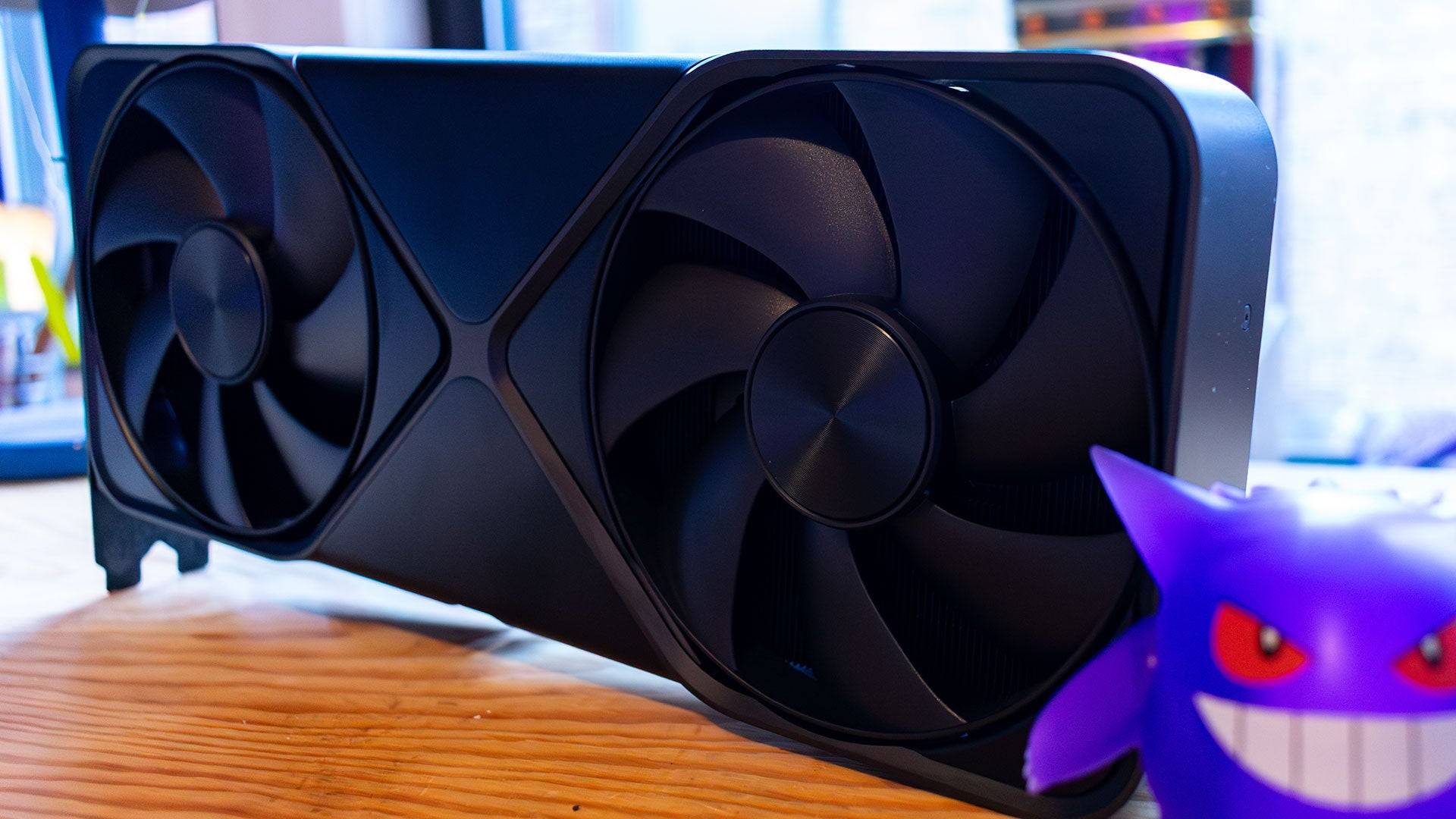


RTX 5090 – Specifications and Features
Built on Nvidia's Blackwell architecture (used in high-end AI data centers), the RTX 5090 excels in AI-related tasks. However, non-AI performance hasn't been neglected. The card boasts 21,760 CUDA cores (a 32% increase over the RTX 4090), significantly boosting raw gaming performance. Each SM includes four Tensor Cores and one RT Core, resulting in 680 Tensor Cores and 170 RT cores (compared to 512 and 128 in the RTX 4090). The 5th-generation Tensor Cores support FP4 operations, reducing VRAM dependency for AI workloads.

The 32GB GDDR7 VRAM offers a generational upgrade from the RTX 4090's GDDR6X, promising speed and efficiency improvements. Despite this, the card's 575W power consumption (a significant increase over the RTX 4090) prioritizes performance over power efficiency.
The improved Tensor Cores enable a shift to a Transformer Neural Network (TNN) for the DLSS algorithm, enhancing image quality and reducing artifacts. Furthermore, Multi-Frame Generation, an evolution of DLSS 3's Frame Generation, generates multiple frames from each rendered image, dramatically increasing frame rates. However, like its predecessor, it's best used with already decent frame rates to avoid latency issues.
Purchasing Guide
The Nvidia GeForce RTX 5090 launched January 30th, starting at $1,999 (Founders Edition). Third-party versions may be significantly more expensive.
The Founders Edition
The 575W power requirement necessitates robust cooling. Surprisingly, Nvidia managed to fit this into a dual-slot chassis with dual fans, maintaining temperatures around 86°C under full load (578W). This was achieved by a redesigned PCB placement and a heatsink running the card's width, drawing air from the bottom and exhausting it through the top. The card lacks exhaust vents under the rear ports.

The design retains stylistic elements from previous generations, featuring a silver 'X' design and a GeForce RTX logo with white LEDs. A new, angled 12V-2x6 power connector (with included adapter) aims to improve efficiency and ease of connection.
This compact design allows for compatibility with smaller PC builds, unlike previous generations. However, expect third-party models to be larger.
DLSS 4: AI-Generated Frames
Nvidia claims up to 8x performance boosts, though the actual increase varies. While raw rasterization performance improves, the significant frame rate gains stem from DLSS 4's Multi-Frame Generation. A new AI Management Processor (AMP) core efficiently distributes tasks across the GPU, enabling a 40% faster frame generation model requiring 30% less memory. The AMP's Flip Metering algorithm minimizes input lag.
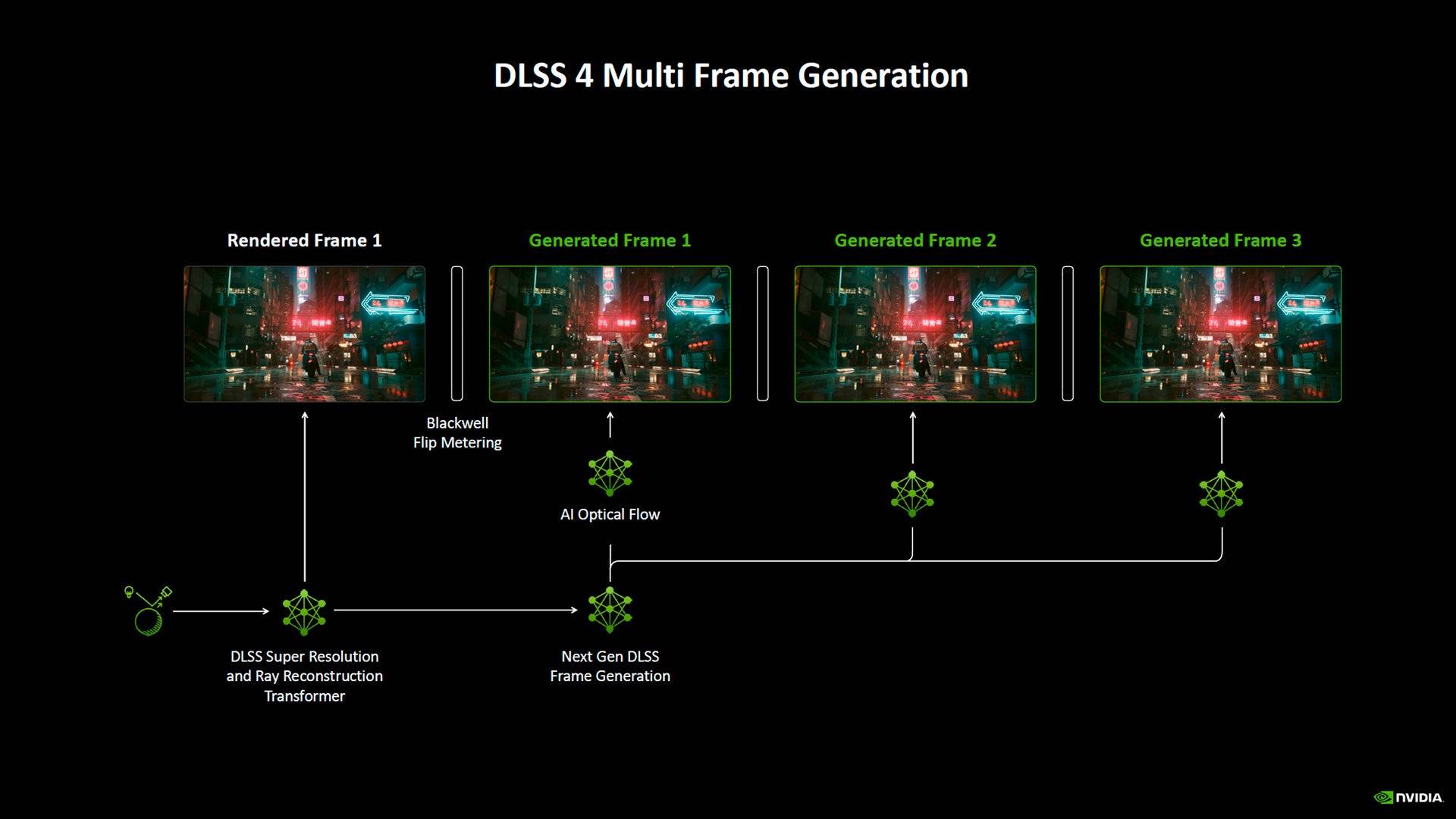
Multi-Frame Generation is effective but requires sufficient baseline performance (around 60fps without Frame Gen) to avoid latency issues. It pairs best with DLSS upscaling. At launch, DLSS 4 supported a wide array of games, though initial testing was limited to beta builds of Cyberpunk 2077 and Star Wars Outlaws, showcasing impressive results with minimal artifacts.

RTX 5090 – Performance Benchmarks
The RTX 5090 is incredibly powerful, but testing revealed significant CPU bottlenecks in many games, even at 4K with a high-end CPU (Ryzen 7 9800X3D). For users with existing high-end cards, the upgrade may offer limited benefits in current games. This card is more of an investment in future-proof gaming.
Benchmarks (without DLSS 4):
- 3DMark: Up to 42% faster than RTX 4090. Significant improvements over RTX 3090.
- Call of Duty Black Ops 6 (4K): 10% improvement over RTX 4090, significant improvement over RTX 3090.
- Cyberpunk 2077 (4K): 10% improvement over RTX 4090.
- Metro Exodus: Enhanced Edition (4K): 25% improvement over RTX 4090.
- Red Dead Redemption 2 (4K): 6% improvement over RTX 4090.
- Total War: Warhammer 3 (4K): 35% improvement over RTX 4090.
- Assassin's Creed Mirage (4K): Performance issues observed (likely driver related).
- Black Myth: Wukong (4K): 20% improvement over RTX 4090.
- Forza Horizon 5 (4K): Minimal difference compared to RTX 4090.
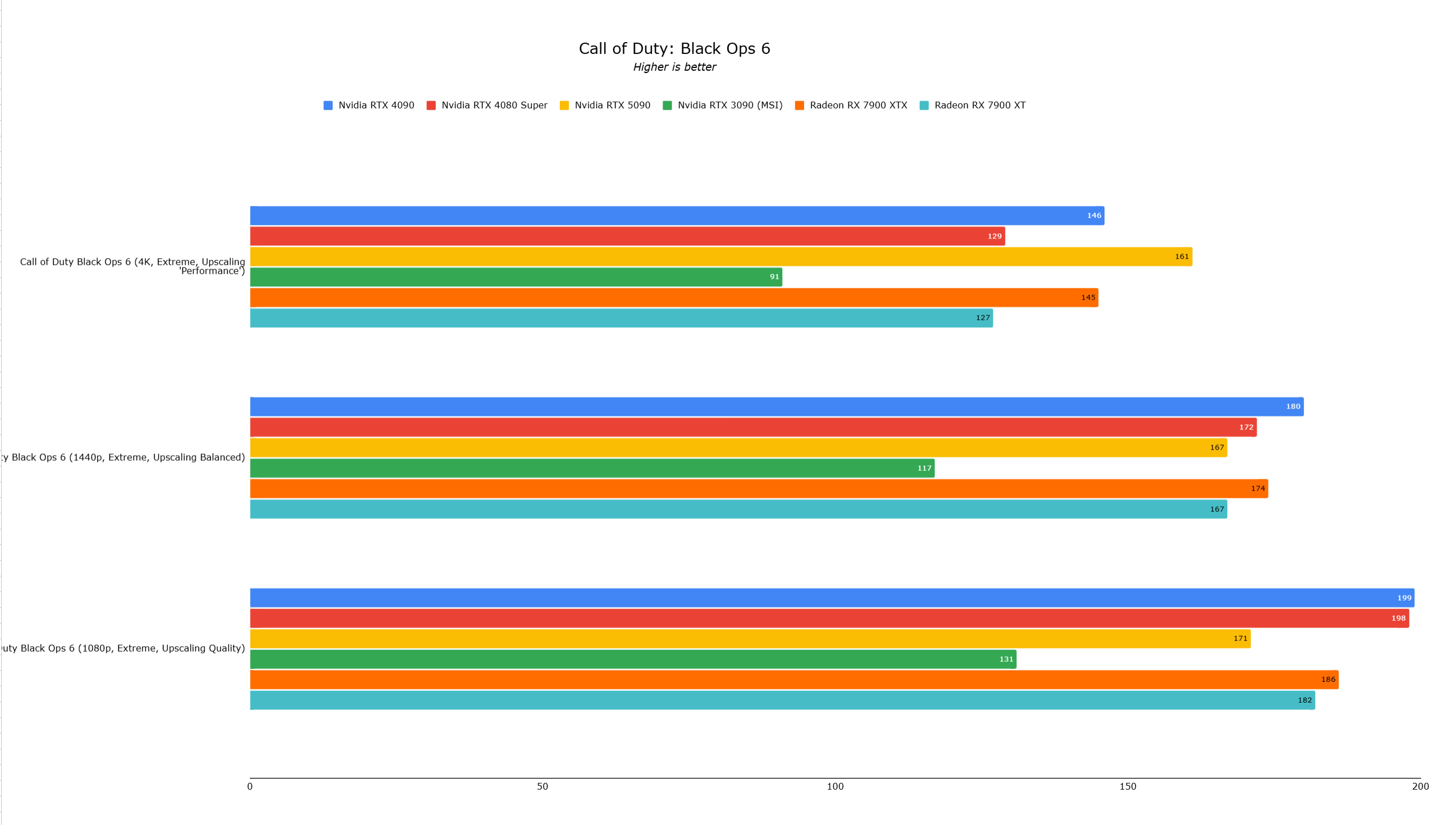
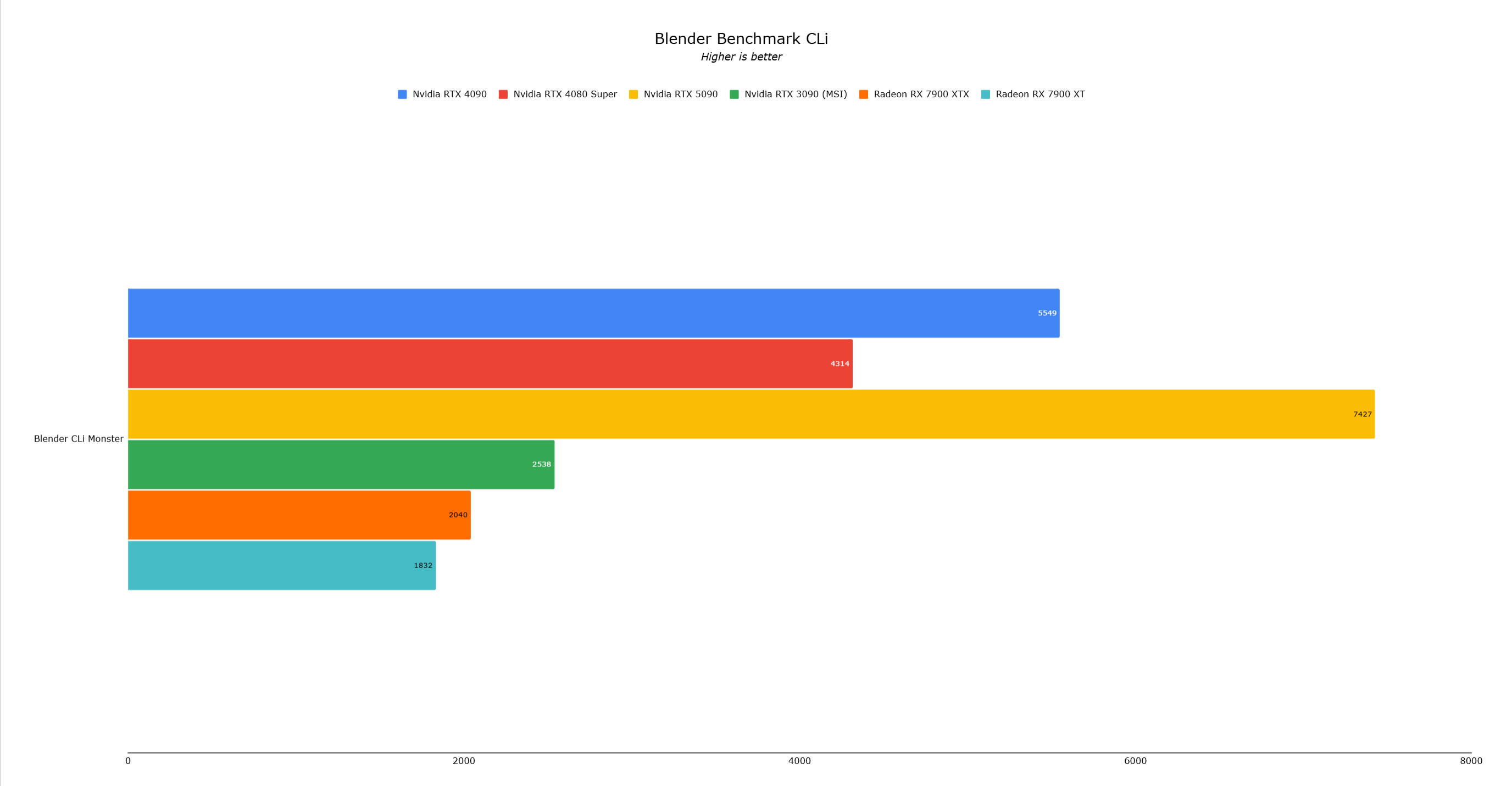 14 Images
14 Images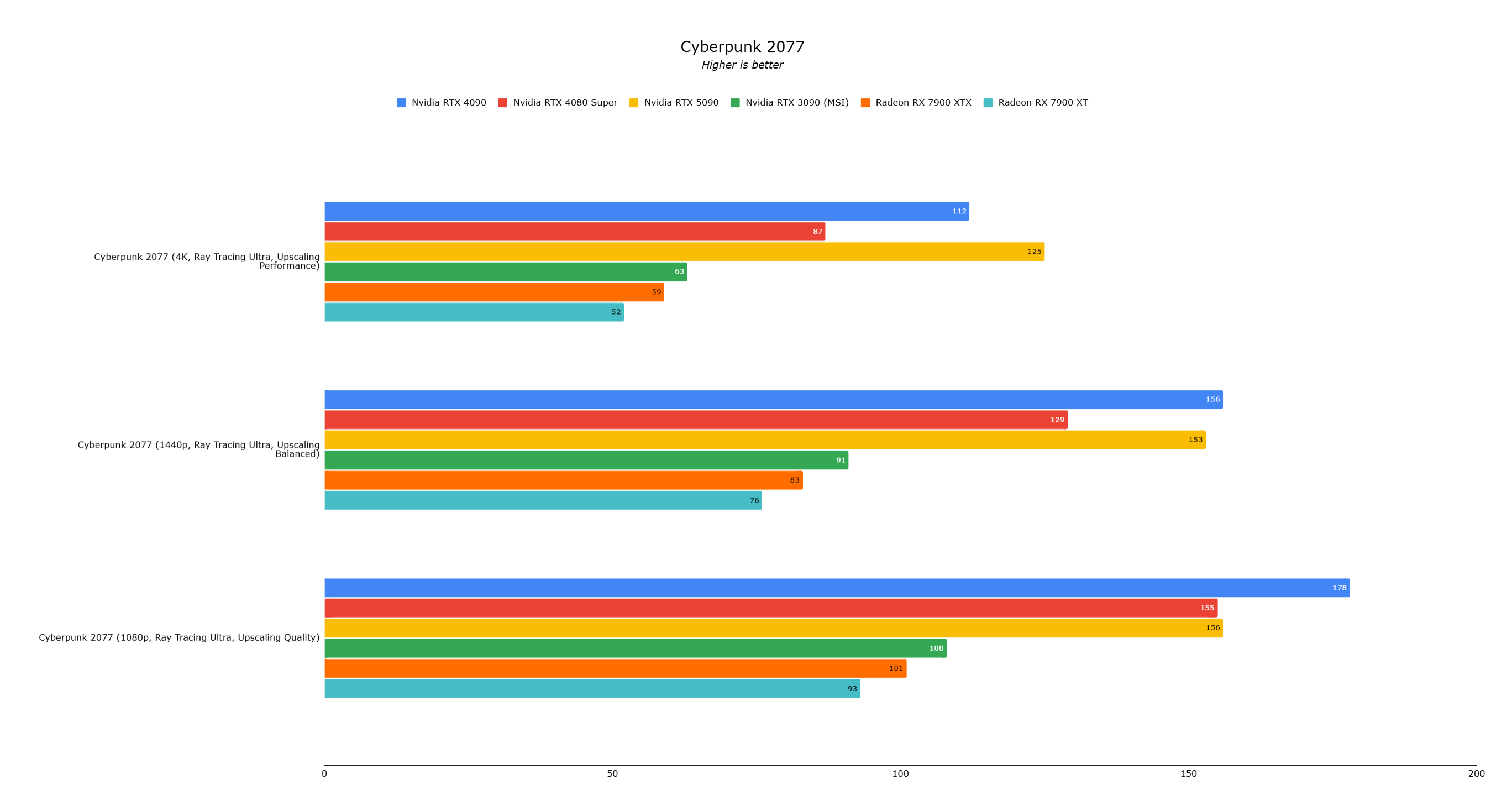
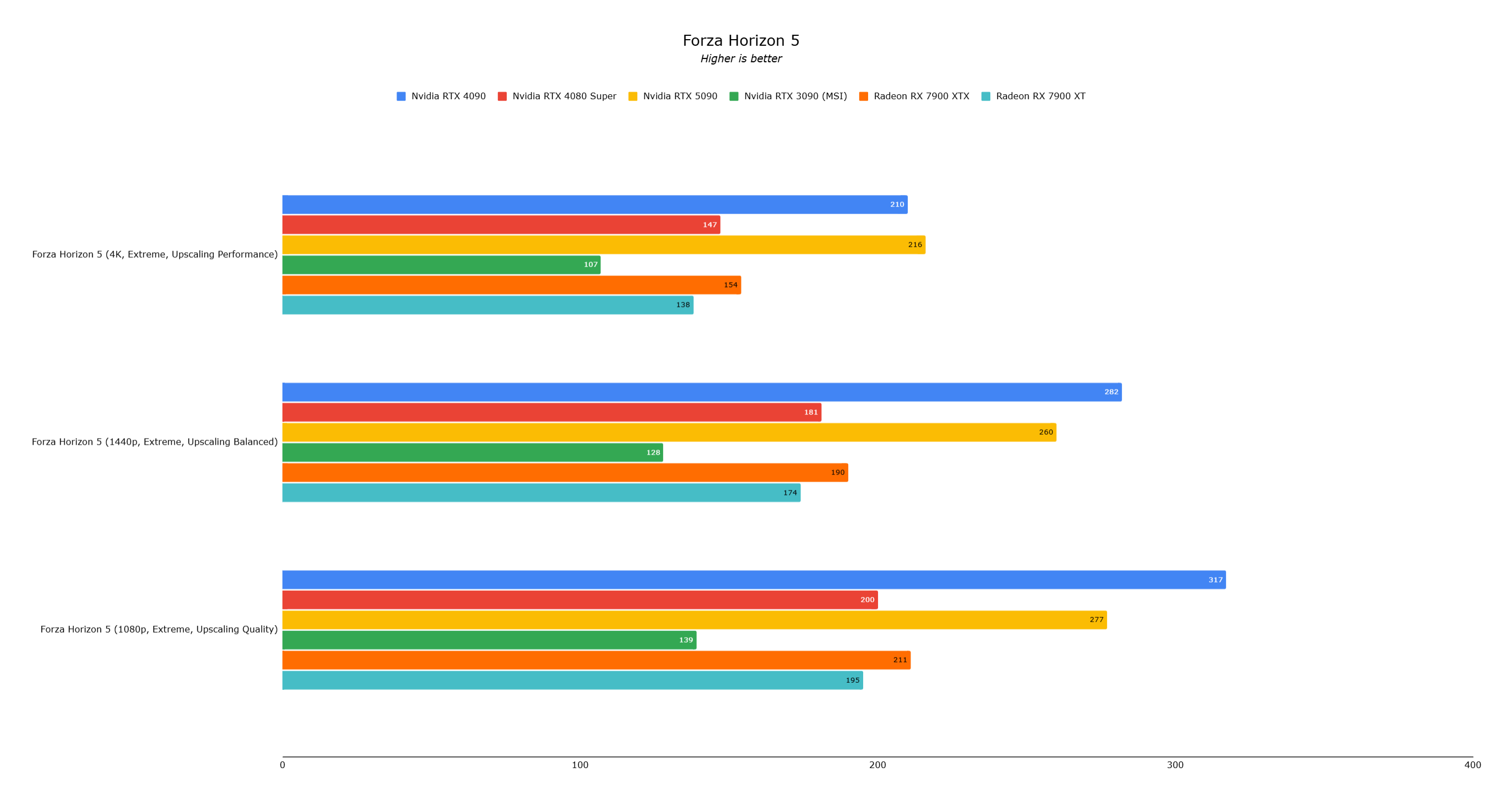
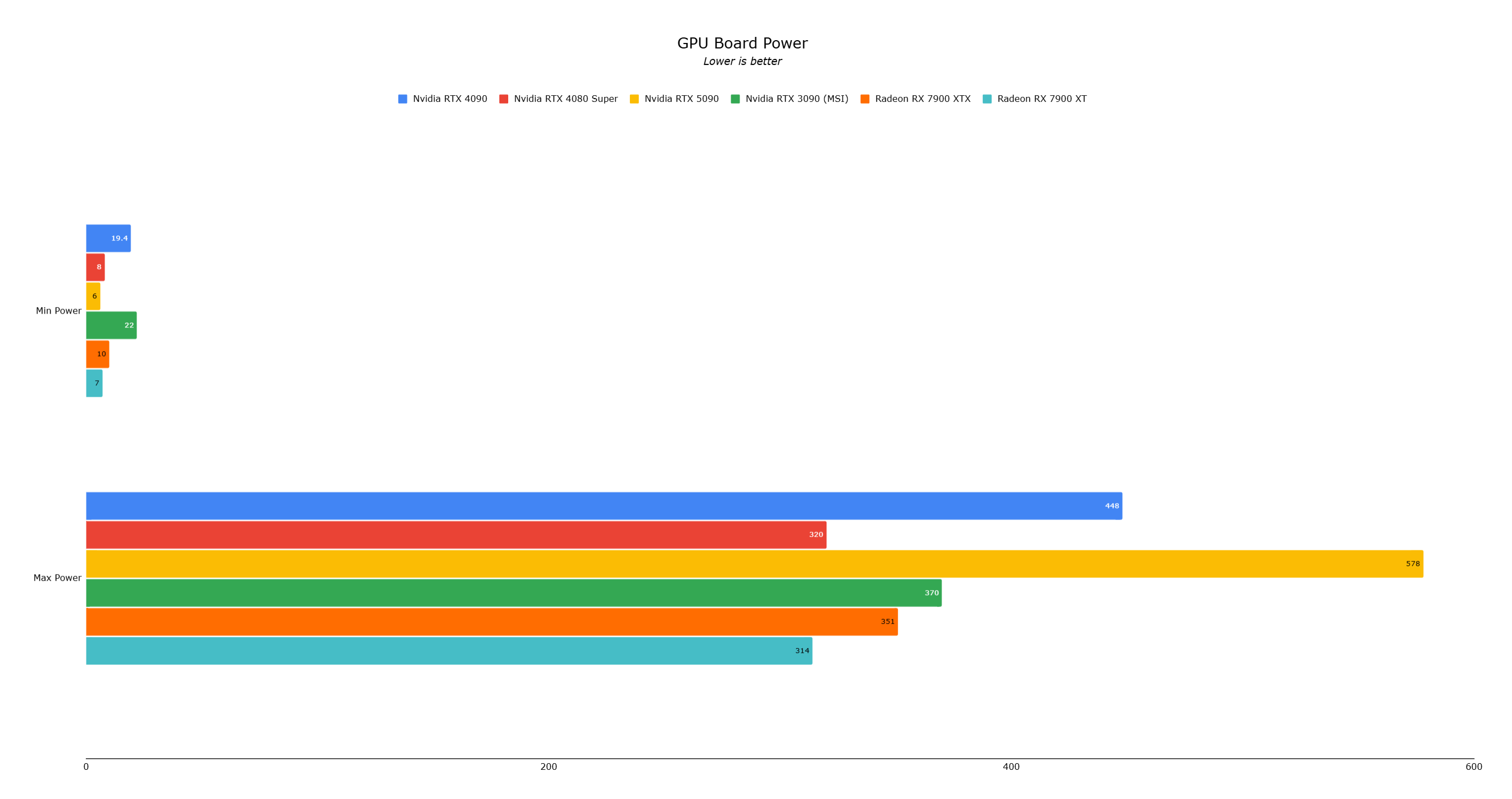
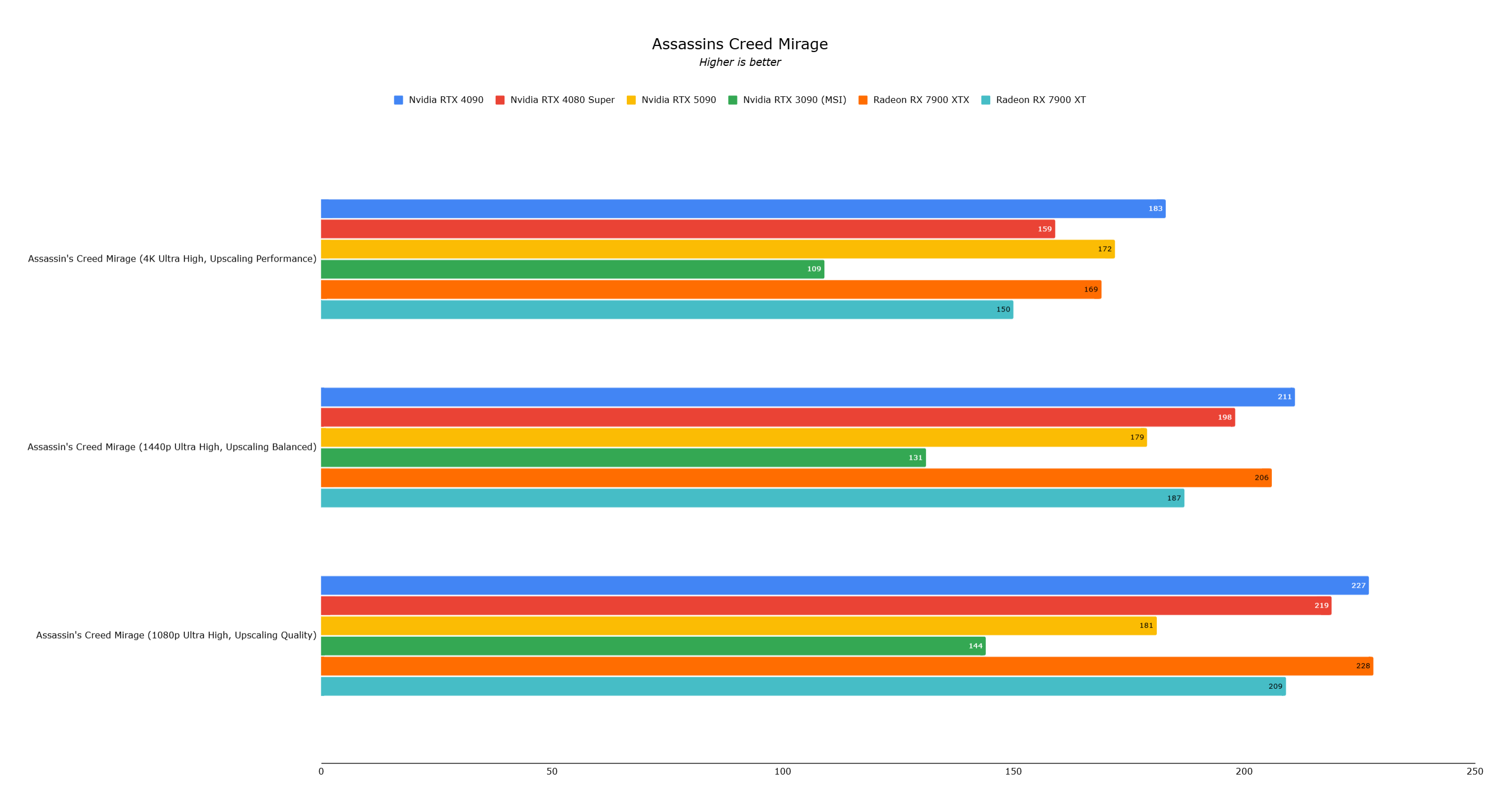
Conclusion
The RTX 5090 is the fastest consumer graphics card, but its performance gains over the RTX 4090 are often limited by CPU bottlenecks in current games. Its strength lies in its AI-powered DLSS 4, offering significant frame rate increases for high-end displays. While a compelling option for cutting-edge gamers willing to invest in an AI-driven future, the RTX 4090 remains a powerful choice for most users for the next few years.
AnswerSee Results
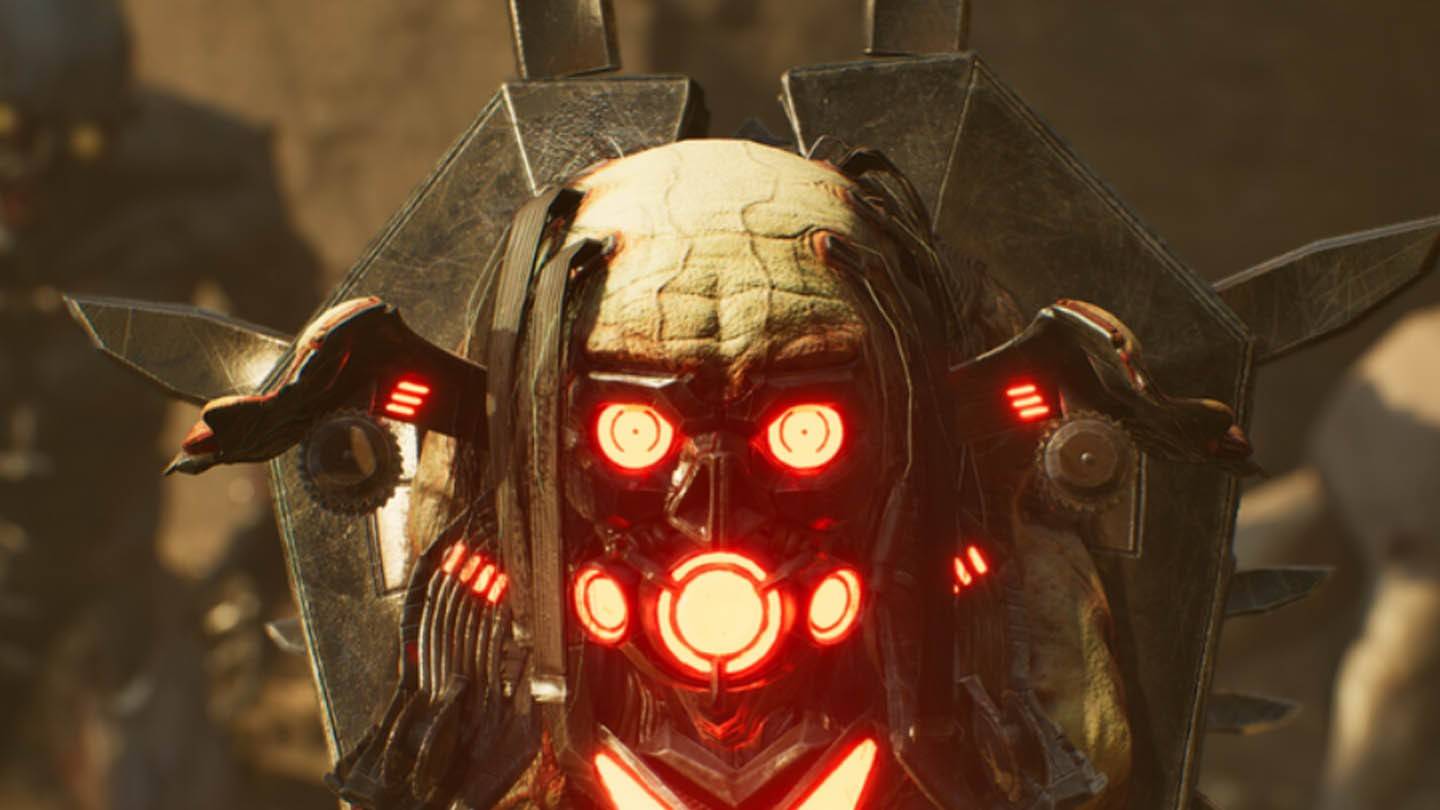
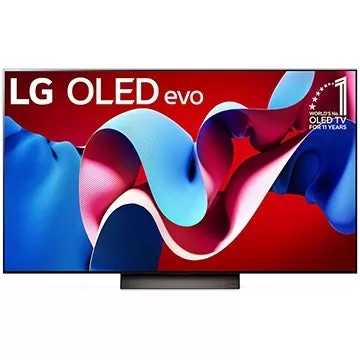


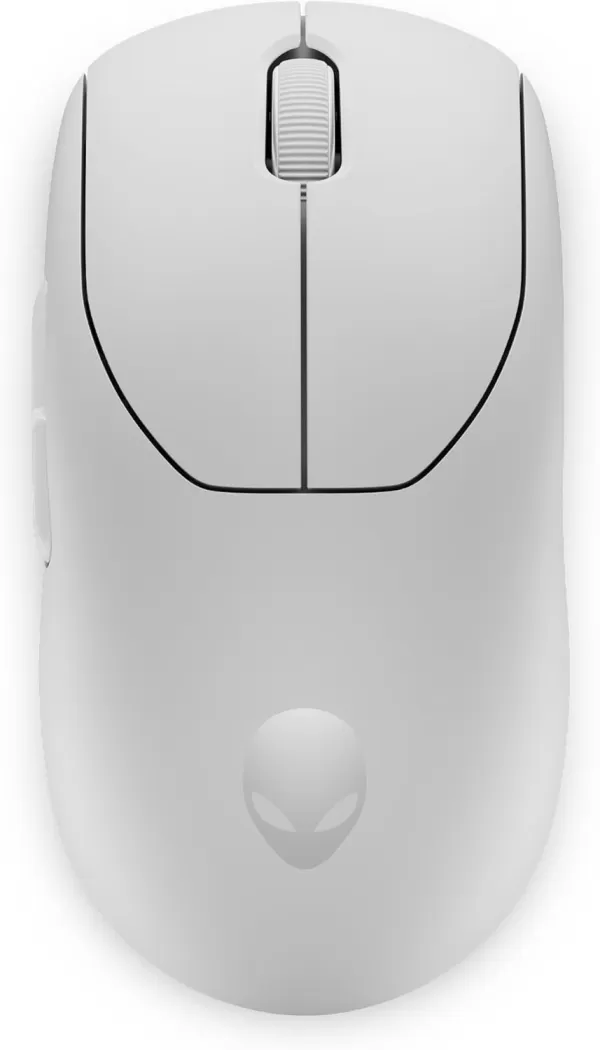








![[18+] Starlewd Valley:Re!](https://imgs.dgmma.com/uploads/37/173149215167347937c925c.jpg)















